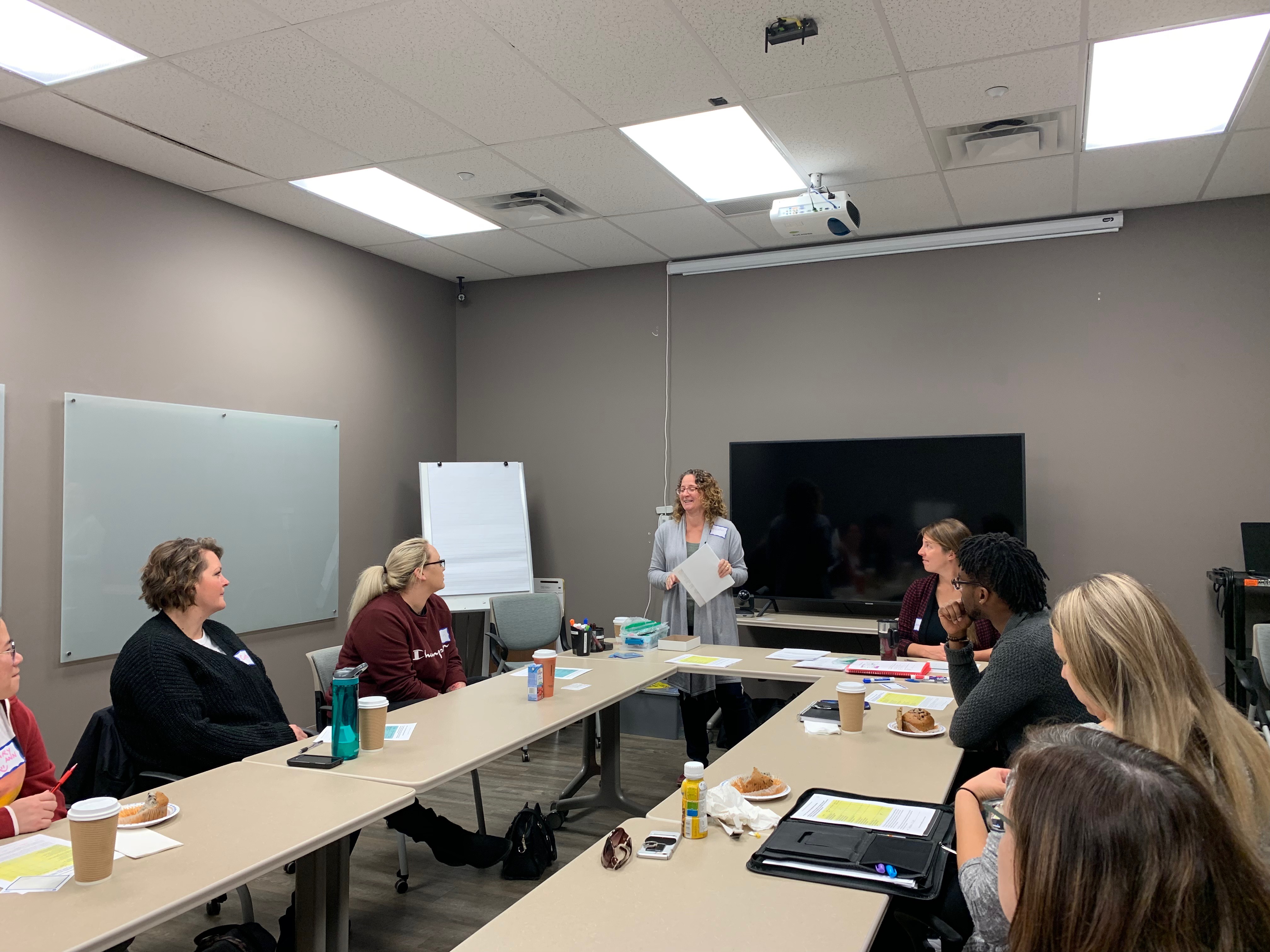In order to provide the best care for Individuals receiving CARE supports, we do all we can to better understand what Individuals are going through and experiencing.
Some Individuals receiving CARE supports live with schizophrenia described as “a long-term mental disorder of a type involving a breakdown in the relation between thought, emotion, and behavior, leading to faulty perception, inappropriate actions and feelings, withdrawal from reality and personal relationships into fantasy and delusion, and a sense of mental fragmentation”.
To help understand what that means, CARE team members take the Hearing Voices That Are Distressing Workshop – a simulated training experience as presented by Alberta Health Services’ CONNECT Community Support Team.
The Workshop is described as a “groundbreaking empathy-building exercise which helps students, mental health professionals and first responders understand the challenges and strengths of people who experience psychosis.”
It was developed by Patricia Deegan who was diagnosed with schizophrenia when she was a teenager. She went on to get her B.S. and Ph.D. and is the creator of the CommonGround Program.
So, what is it?
Participants are given a set of headphones to wear and what they hear are ‘distressing voices’. While having the voices play in their ears, they are asked to complete simple tasks such as reading and comprehension or putting together puzzles.
It is substantially harder for participants to concentrate on the task at hand and can lead to feelings of frustration, distress, fear or anger.
What is learned?
Participants leave with a better understanding of how hearing voices get in the way of day-today life.
Sometimes the voices relay negative messages and sometimes the voices are sounds like humming or grinding. As explained in the workshop, the voices can come from objects like windows or buildings or body parts. The voices can resemble people the person knows, speak in a clear language or mumble and not be understandable. Sometimes the voices whisper and sometimes they yell.
Some voices engage in conversations while other voices insist the person listen and obey orders given.
The voices can be triggered by anything and be heard multiple times a day or just once.
What is also learned is that no two experiences are the same.
To see and hear for yourself, watch this video of CNN’s Anderson Cooper experiencing the simulation.

